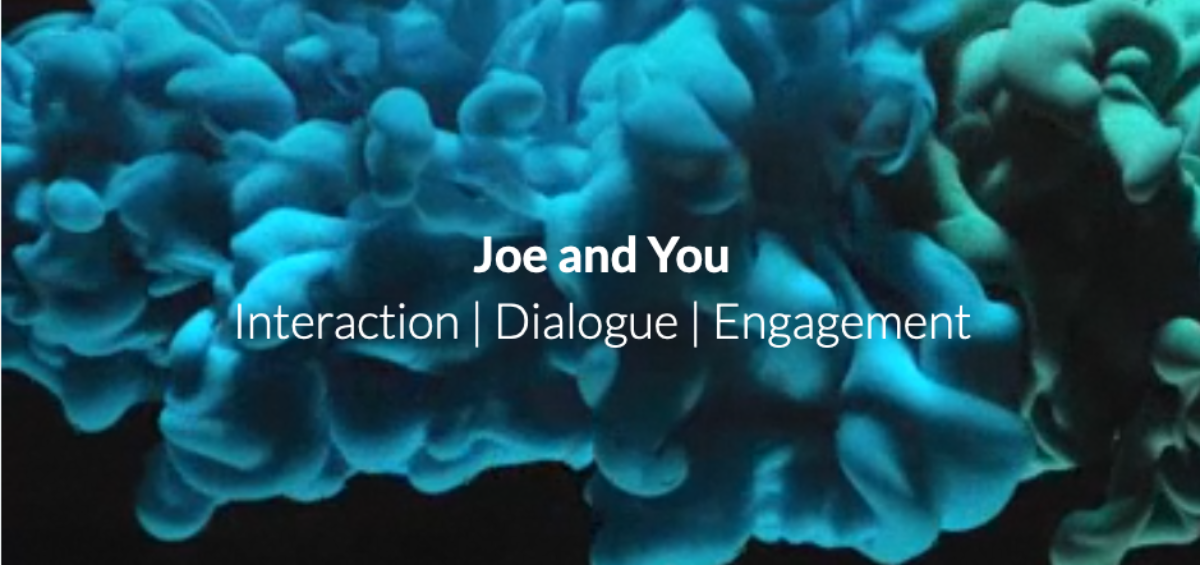Bad news is good news. Because it sells better than success stories. And scandals are media gold. But what if a crisis hits? Here are six strategies for dealing with bad press.
One thing is clear: bad news and scandals generate attention – because they tend to evoke stronger reactions from the audience than positive stories. This phenomenon is also known as negativity bias and has a major influence on which news stories appear in the media. But what to do in a crisis? Here are six survival strategies:
SHOW APPRECIATION
The first tip is to treat journalists and their work as equals. This means taking the other side seriously in their endeavours to inform the public, while demanding compliance with the rules of journalistic professional ethics. This is about the truthfulness of factual claims or representations. The approach is laborious. But constructive, objective criticism works much better than pressure, intimidation or calling for the editor-in-chief or publisher.
CHANGE, DELETE, OVERLAY
A second important strategy is to expose inaccurate factual claims in the media. This includes demanding the deletion of factually incorrect coverage or changing individual phrases. However, the very best and only permanently effective antidote to bad press is: to invalidate negative reporting with positive reporting. Because the internet forgets nothing. And since media often copy from other media, negative coverage unfortunately multiplies all by itself.
USING SOCIAL MEDIA WITH PERSONALITY
Another important survival strategy is the targeted use of social media. Today, every consumer with an active social media account can become an influencer with their own community and a high level of credibility among their own fans and followers. Own social media channels and influencer cooperations are excellent for positive brand positioning, for a good brand image or simply for the attractive presentation of product usage. Much of this is for sale on the social web: even professional influencers. However, social media should definitely and exclusively be used with a clear strategy and objective!
RECOGNISING CRISIS POTENTIAL
Some associations and NGOs are institutional mega-influencers. They have an impact not only through the media and their own channels, but even directly on political decision-making and legislation. They have to constantly earn their raison d’être and their reputation. This works best with scandals and crises. That is why it is important to look closely at whether one’s own topics have a high crisis potential. The bigger and more successful a brand is, the more dangerous it can become.
GIVING SENSE
We all want the very best quality as well as sustainable and regional products at low prices. That is a contradiction in itself. But advertising promises us exactly that! We live in an affluent society that is looking for meaning. Brand purpose as well as ethical and sustainable actions of companies have become a decisive factor in the purchasing decisions of consumers – and the trend is growing. The responsible and sustainable use of resources, nature and people should therefore not only be anchored in the corporate strategy, but also be given sufficient space in communication.
NARRATING GOOD THINGS
Communication is always about building trust. We may call this narrative framing. It is all about how you tell the story! But also state facts that you cannot change. Even if they are unpopular. What is communicated must stand up to any scrutiny. Trust is quickly squandered and the media scrutinise factual claims very carefully. The best crisis prevention is positive communication about future issues.
For more info on dealing with critical media, have a look at this video…




